Renowned as the world's second-largest producer of fruits, India offers an extraordinary variety that goes beyond the predictable mangoes, bananas, and citrus fruits. The climate spectrum ranges from cool, dry Himalayan weather to tropical warmth. As a result, the country nurtures a rich diversity of unique and increasingly rare fruits.
Often collected from the wild and savoured mostly by local inhabitants, these fruits are a nostalgic reminder of changing seasons and childhood summers. These lesser-known gems are a delightful treat to the tastebuds, as well as a fascinating glimpse into the country's botanical diversity and cultural heritage. Join us on a journey to explore some of these rare Indian fruits that promise to amaze you with their distinctiveness and charm.
Jungli Jalebi/Kodukkapuli (Camachile)
Jungli Jalebi, also known as Kodukkapuli or Camachile, is a fascinating and lesser-known fruit found in India. This unique fruit closely resembles the popular Indian sweet jalebi in appearance, growing in twisted, spiralled pods. The pods house a soft, pulpy flesh that is both sweet and tangy, offering a rich, sensorial experience. Often enjoyed by local children straight from the tree, Jungli Jalebi holds a special place in the culinary traditions of rural India. Rich in vitamins, minerals, and antioxidants, this fruit is not only a tasty treat but also a nutritious one. Its high fibre content and medicinal properties make it a valuable - albeit rare - addition to the array of fruits found in the country.
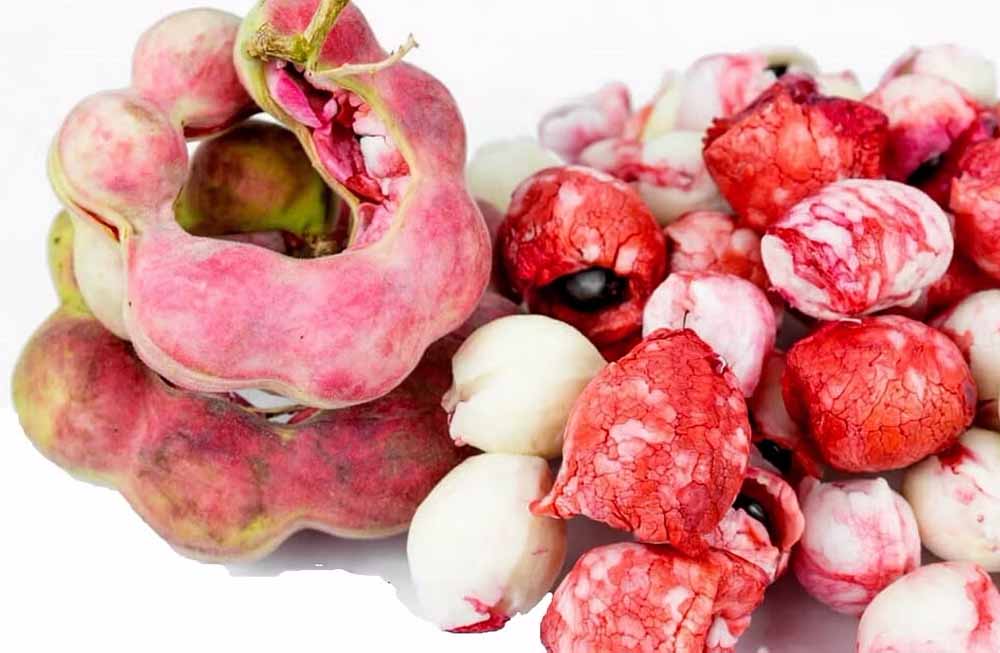
Image Credit: krishijagran.com
Carambola (Star Fruit)
Carambola, commonly known as star fruit, is a unique and exotic fruit native to Southeast Asia but widely grown in India. Named for its distinct star-shaped cross-section when sliced, carambola boasts a vibrant yellow-green hue and a crisp, juicy texture. Its flavour is a delightful blend of sweet and tart, reminiscent of apples, pears, and citrus fruits. Star fruit is not only visually appealing but also rich in vitamin C, fibre, and antioxidants, making it a nutritious addition to the diet. It can be enjoyed fresh, added to salads, or used as a garnish for its aesthetic appeal. Carambola's versatility and health benefits make it a cherished fruit, reflecting the diverse agricultural richness of India.
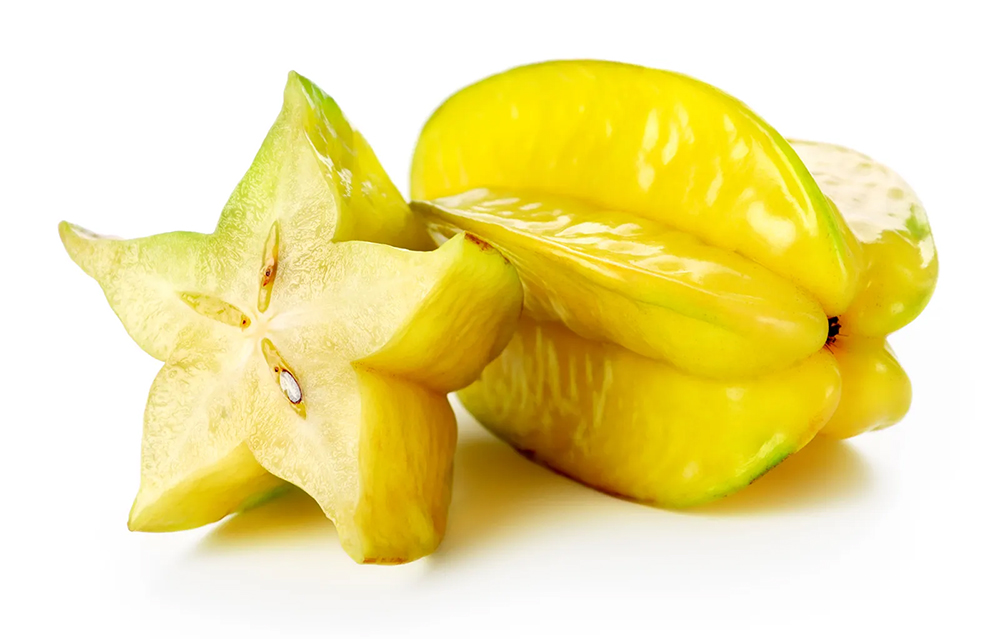
Image Credit: britannica.com
Phalsa (Indian Sherbet Berries)
Phalsa, known as Indian Sherbet Berries, is a small, dark purple fruit that grows on the Grewia asiatica shrub. Native to India, these berries are cherished for their refreshingly tangy and slightly sweet flavour, often enjoyed during the scorching summer months. Phalsa is typically consumed fresh, sprinkled with a bit of salt and pepper, or made into a cooling sherbet. Rich in vitamins A and C, as well as essential antioxidants, these berries offer numerous health benefits, including aiding digestion and reducing inflammation. Despite their delicious taste and nutritional value, Phalsa berries remain a rare seasonal delight, eagerly awaited by those who know of their unique charm.

Image Credit: pintrest
Bilimbi (Tree Sorrel)
Bilimbi, also known as Tree Sorrel, is a distinctive and tangy fruit that grows abundantly in the tropical regions of India. This small, green, cucumber-shaped fruit hangs in clusters from the tree trunk and branches of the Averrhoa bilimbi tree. Known for its extremely sour taste, Bilimbi is often used as a natural souring agent in various culinary dishes, chutneys, and pickles, adding a refreshing zest to the recipes. Besides its culinary uses, Bilimbi is valued for its medicinal properties, rich in vitamin C and antioxidants, making it beneficial for skin health and boosting the immune system. Though it isn’t commonly found in markets, Bilimbi remains a treasured ingredient in traditional Indian households, celebrated for its sharp flavour and health benefits.
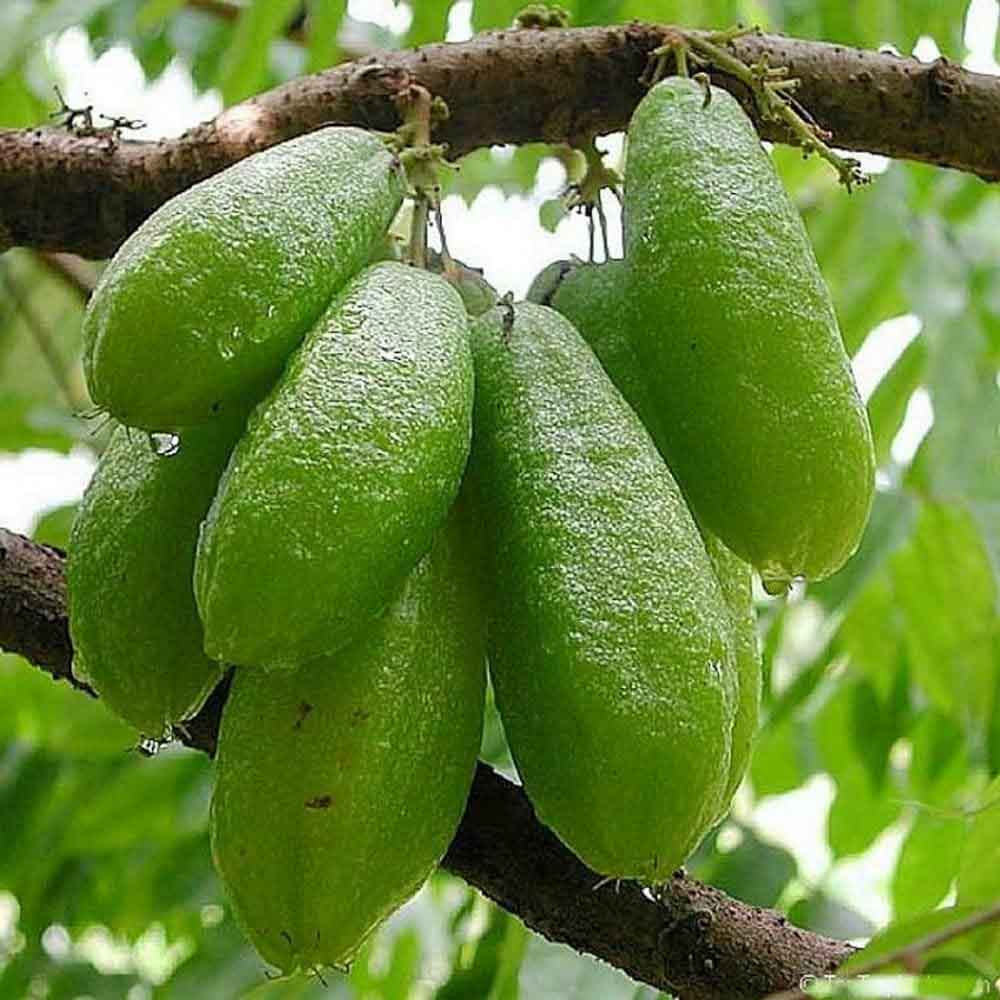
Image Credit: amazon.sa
Chalta (Elephant Apple)
Chalta, commonly known as Elephant Apple, is a unique and visually striking fruit found in the tropical regions of India. This large, green fruit resembles an apple and is characterised by its thick, tough rind. The pulp of Chalta is tart and slightly sweet, often used in traditional Indian cuisine to make chutneys, curries, and refreshing beverages. Aside from its culinary uses, Chalta is revered for its medicinal properties, particularly in Ayurvedic medicine, where it is used to treat digestive issues and inflammation. Rich in antioxidants, vitamins, and minerals, Elephant Apple offers significant health benefits. Since they are a major source of food for elephants, monkeys and deer, it is prohibited to collect them from the core areas of the forest.
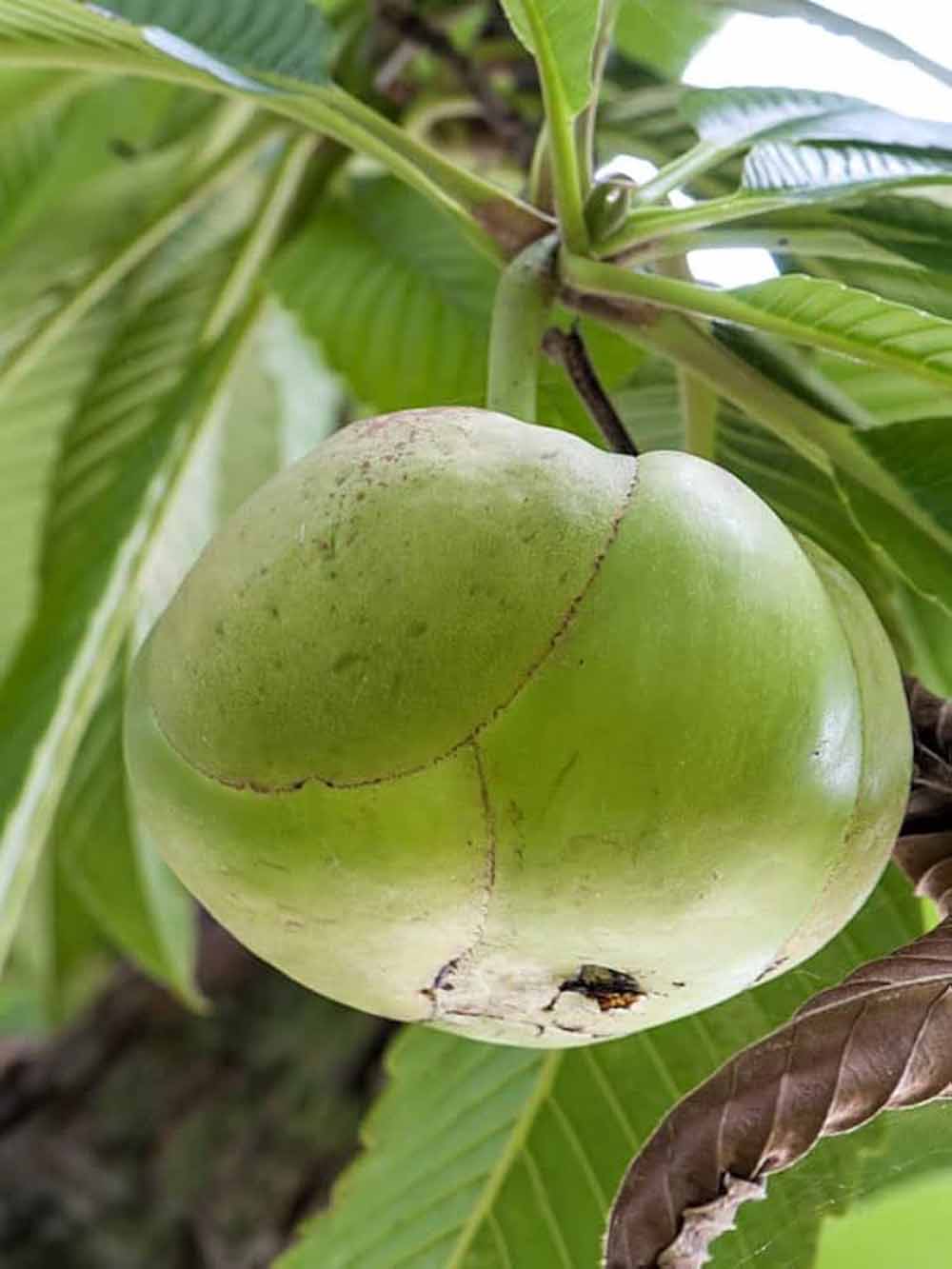
Image Credit:amazon.in
Ambarella (Indian Hog Plum)
Ambarella, also known as Indian Hog Plum, is a tropical fruit that thrives in the warm climates of India. This oval-shaped, green to yellow fruit grows in clusters and is celebrated for its crisp texture and tangy flavour. The flesh of Ambarella is juicy and slightly acidic, making it a popular ingredient in chutneys, pickles, and refreshing drinks. Rich in vitamin C, fibre, and antioxidants, Ambarella is not only a tasty treat but also offers numerous health benefits, including boosting the immune system and aiding digestion. Often enjoyed fresh or with a sprinkle of salt and chili powder, this versatile fruit holds a special place in Indian culinary traditions, loved for its zesty taste and nutritional goodness.
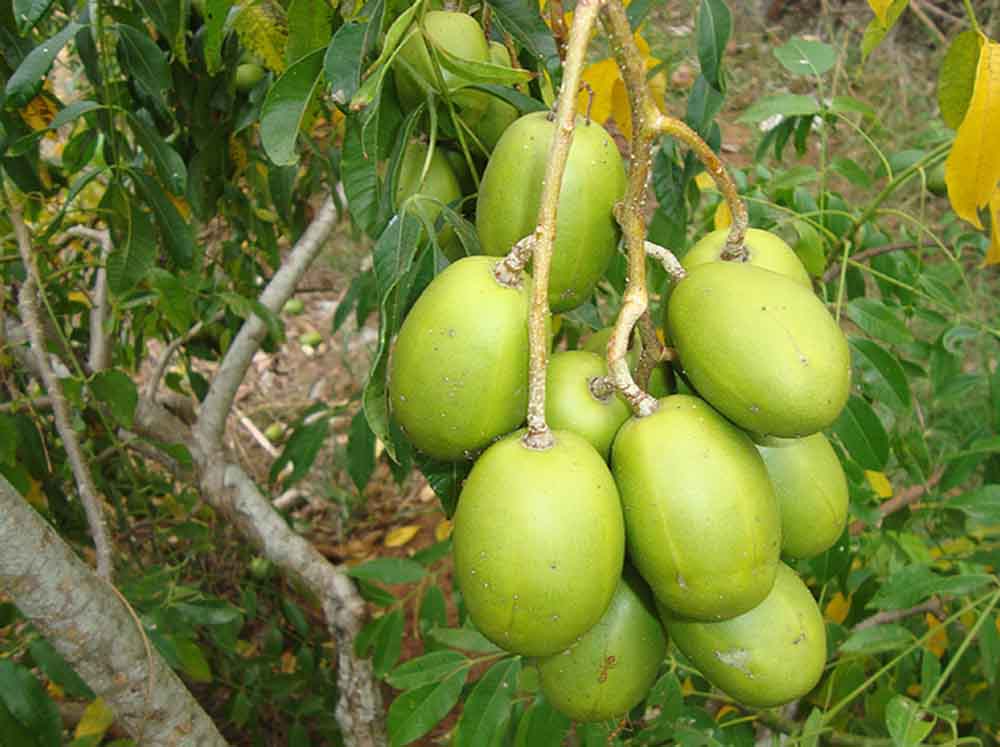
Image Credit: indiaMART.com
Cover Image Credit: The Better India